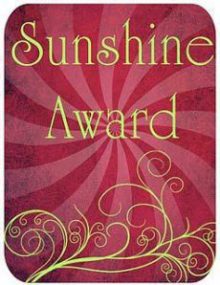It’s been a sporadic year for gaming here on Rilmorn and today is the last day of the Roman Year. I’ve enjoyed the games I’ve run and the parts of the world that I have designed, but I have wanted to do more. So, with this in mind, I have decided to write up a few goals for 2014.
- Stop Story Arcs I’ve been trying to run story arcs since 3E and I’m poor at it. I do much better at creating multiple, big villains, having them run their agendas and letting the PCs decide who to challenge. This lets the story develop organically. The players become more involved. It does not require me to keep steering the PCs back to the filled in portions of the map.
- Build Up My Map Collection When I ran games among a group that shared multiple DMs, I was known as the Last of the Mapmakers. My maps were not always good, but they were notable. Players could mark on them. They carried hidden symbols, previous owners’ marks, and, once, a coded message. I fell out of that behavior, especially with the focus on tactical mapping and combat in 3E and 4E. Since, I have GIMPand other map tools, I will up my game again.
- Explore Iolta and Thrain I designed a section of my world where I was going to run games using DnD Next playtest rules. I never really got to play in that portion of Ryllmorrinn. Time to start.
- Make Use of Languages I’ve made multiple “language trees,” since I read the articles in Dragon Magazine, issue #66. I’ve quit using multiple languages, since supernal appeared in 4E and it allows the speaker to understand and be understood by anyone with who he or she is speaking. I’m killing supernal for future games and giving power back to those players which really enjoy their PC being the translator and spy for the party in foreign settings.
- Have Fun I need to do the things that help me enjoy the game, too. NPCs with odd agendas. Random encounters that may or may not ever have a bearing on the campaign. (It will all depend on the players.) Make maps…lots and lots of maps. Use whatever ideas come to mind, at the first opportunity. Enjoy the game for the simple joy of enjoying the game.
Game On!

